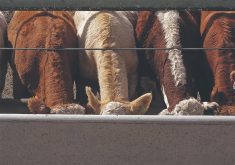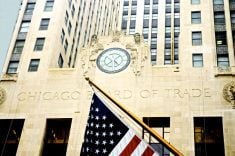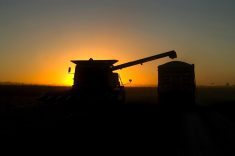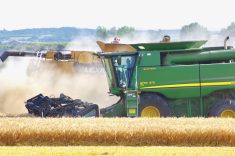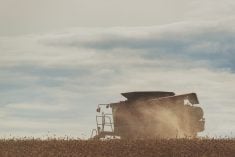CHICAGO, Aug 25 (Reuters) – U.S. lean hog prices jumped 2 percent to the highest in more than two months on Tuesday, extending steep gains from the previous session on hopes of increased export demand, especially to China, traders and analysts said.
Expectations that prices may have reached their seasonal bottom also prompted speculative buying and short covering, with most-active October futures notching their biggest two-day rise in the lifetime of the contract.
Hogs for October delivery settled 1.675 cents higher at 67.500 cents per lb.
“Hogs are bottoming out in the face of record-large production because exports are turning the corner here. The market is taking on new demand, so to speak,” said Dennis Smith, a broker at Archer Financial Services.
Read Also
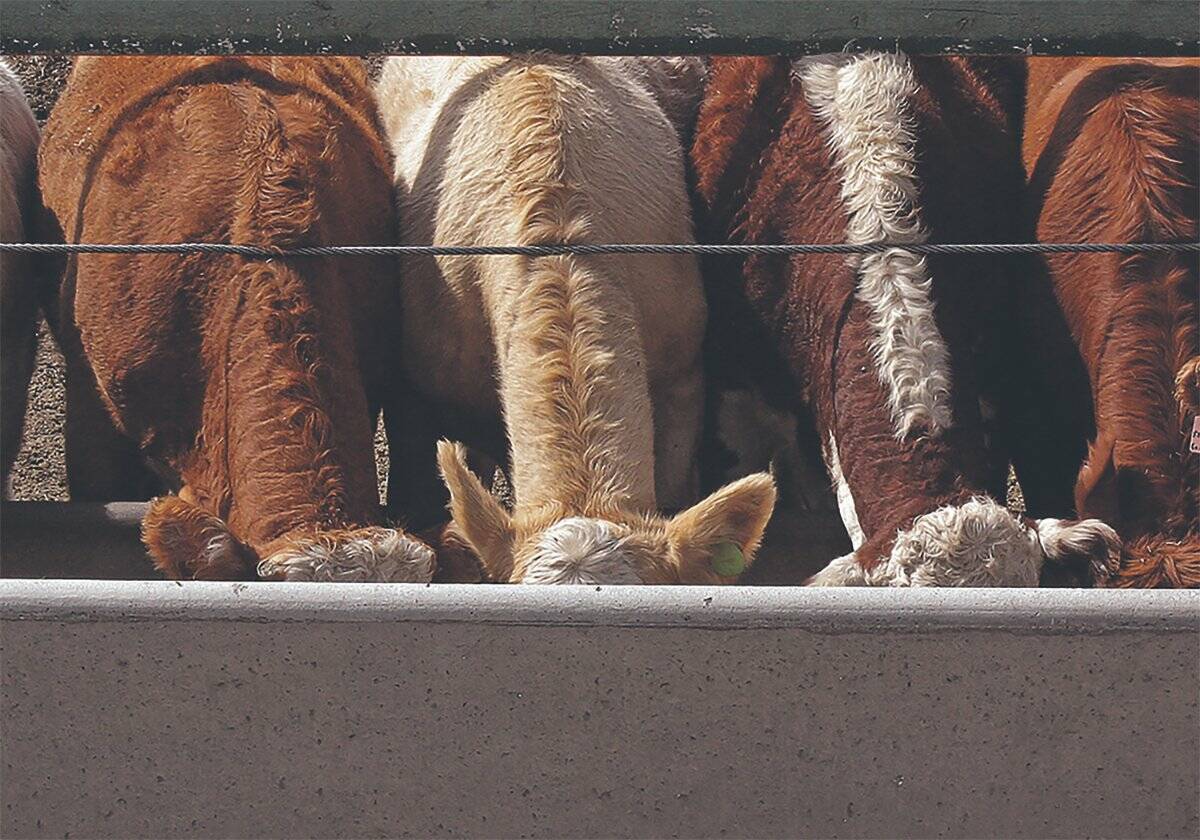
U.S. livestock: Cattle fall sharply as Trump says he’s working to lower beef costs
Chicago cattle futures fell sharply on Friday after U.S. President Donald Trump said his administration was working to lower the…
U.S. pork production is expected to hit a record high this year after hog producers expanded following a swine disease that decimated herds two years ago.
Pork and hog prices typically hit seasonal lows late in the summer as investors take account of increased supplies coming to market in the cooler temperatures of autumn, when animals more quickly reach slaughter weights.
Hog futures may be hitting seasonal lows sooner than normal amid growing export demand. Smithfield Foods Inc in a conference call said its U.S. exports to China were up 45 percent so far this year, and likely to increase for the remainder of 2015.
CATTLE MIXED
Live cattle futures reversed from narrow gains to trade mostly lower, while feeder cattle futures were mixed. Prices for each contract were hovering just above the multi-month lows from Monday on pressure from the sell-off across equities markets.
Cattle prices often follow downturns in stocks, as slower economic growth or capital returns could force consumers to trade down from pricy steaks and chops to cheaper cuts.
Most-active October live cattle settled 0.625 cent lower at 141.700 cents per lb while October feeder cattle were up 0.850 cent higher at 195.750 cents per lb, according to CME Group data.
“Live cattle contracts have traded on both sides of unchanged with demand uncertainty offset by speculative bargain hunting,” brokerage Brock & Associates said in a note to clients.


